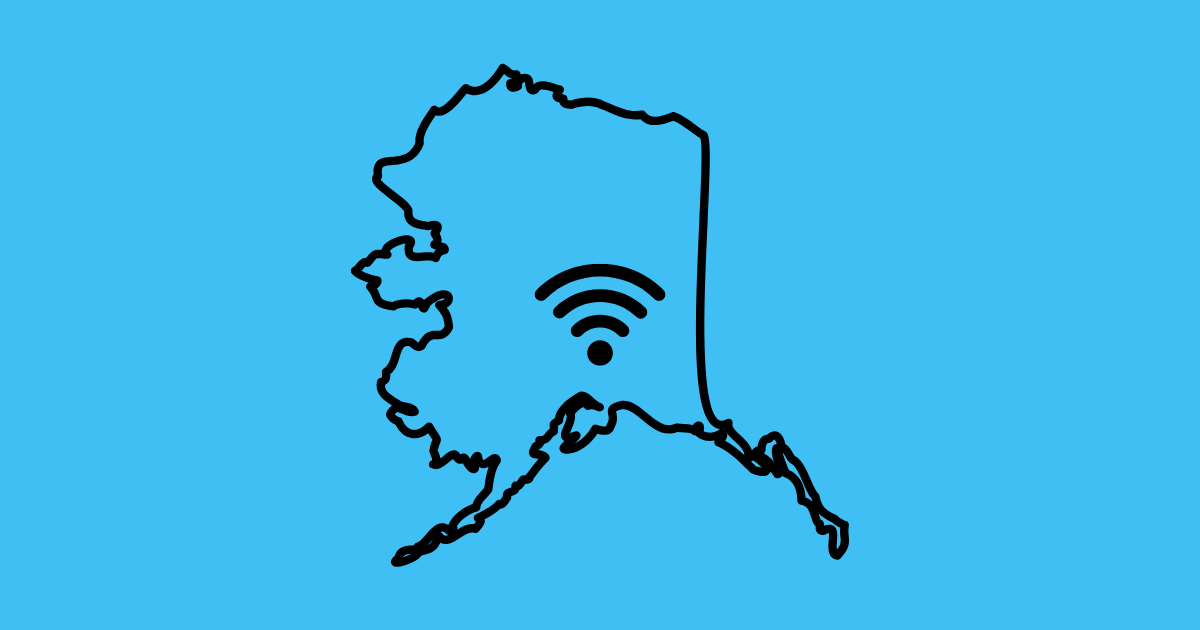Data roaming for your trip to North America

You may not be familiar with the term “roaming”, but you’ve probably already had to deal with it! Indeed, if you travel regularly, you’re bound to have read a warning SMS from your operator informing you of additional charges for your calls or Internet connections abroad.
This is known as roaming. If you’re planning to travel in North America for work or leisure, understanding how mobile data roaming works is essential to avoiding high charges while staying connected. We explain everything you need to know for a worry-free trip!
What is roaming (mobile data roaming)?
Definition
Data roaming, or domestic data roaming, allows your phone to connect to other operators’ networks when you’re outside the area covered by your usual provider.
When a user is in an area where their operator has no network, the phone automatically switches to a partner network. This option covers calls, SMS and mobile data (Internet and applications). It ensures that you can continue to use your mobile services at all times.
You may encounter roaming when :
- you are close to a border area,
- you are abroad, especially in the EU,
- your operator does not cover a geographical area.
How does it work?
Initially, national data roaming was made possible by agreements between operators.
To put it simply, when you’re abroad, your phone automatically connects to the network of a local operator partnered with your provider. These networks share their infrastructure to ensure continuity of service.
As a rule, therefore, this operation is not free of charge, and the costs are passed on to the end user:
- or you pay for the data you use at a specific rate for the duration of the roaming period;
- or your package covers this option and there are no additional costs.
This is true except in certain regions where specific agreements have been drawn up, such as the European Union economic area.

Data roaming in Europe and overseas
Since June 2017, roaming charges in the European Union and European Economic Area (EEA) countries have been abolished thanks to the “Roam like at home” initiative. This European regulation aims to simplify citizens’ lives by enabling them to use their mobile packages at no extra cost when traveling in the countries concerned.
How does mobile data roaming work in Europe?
- Mobile calls, SMS and data at no extra cost: The mobile services included in your package can be used abroad in the European Economic Area as if you were in your home country.
- Data volume limitations: Operators may apply limits to prevent abuse. For example, prolonged use abroad or excessive consumption in relation to your package could result in additional charges.
- Countries covered: In addition to the 27 countries of the European Union, Iceland, Liechtenstein and Norway are included. French overseas departments are also included. Switzerland, Andorra and Monaco are not included.
What is the purpose of the "Roam like at home" regulation?
The aim of these regulations was clearly to strengthen consumer rights:
- Une continuité dans la qualité des services : Les opérateurs doivent garantir la même qualité de réseau à l’étranger qu’à domicile et notamment les avantages de la 5G. Sous réserve de compatibilité avec le réseau local.
- Greater transparency for the consumer: You receive alerts on potential costs, particularly for the use of specific applications (such as calls via messaging platforms) directly by SMS.
- Capped rates: Roaming charges outside the EEA for calls, SMS or data are now limited to a set maximum rate. You also receive information by SMS.
What do I need to check?
Before you leave and to avoid any disappointment, we recommend that you :
- Check with your operator for the specific conditions of your package. Does it include a dedicated roaming envelope? What is the data cap allowed by your package?
- Make sure your destination is covered by “Roam like at home”.
- Beware of extended use or destinations outside the EEA, where additional charges apply even if you have an option allowed by your package.
In Europe, it’s rare to have to deactivate roaming. This can only happen if you exceed the data allowance in your package. However, this situation changes as soon as you cross the Atlantic.

How does roaming work in North America?
Roaming in North America (USA, Canada, Mexico) is very different from Europe. Unlike the EU, there are no harmonized regulations governing charges between operators. Roaming in the U.S. is based on partnerships between international and local operators.
When you activate roaming, your phone automatically connects to a partner network (such as AT&T, T-Mobile or Verizon). Without a suitable package, roaming charges can be exorbitant, ranging from several euros per minute of call or megabyte of data between the USA, Canada and Mexico?
Roaming conditions vary between these three countries:
For the USA
- The main operators offer nationwide coverage.
- Fees are generally the highest in the region.
- eSIM cards are a practical alternative for saving on data.
Domestic Data Roaming in the USA
-
Providing mobile network coverage in a country as vast as the USA is no easy task. It’s so difficult, in fact, that U.S. operators work under an agreement whereby they share antennas to ensure that each operator is able to provide connectivity to its customers, whether or not it has its own antennas in the area. This is known as “Domestic Data Roaming”.
This is an option that major operators such as T-Mobile, AT&T and Verizon offer their customers. It enables their (American) contract customers to access another operator’s network if and when their network fails to provide sufficient coverage in the area where they are located. Operators using this service pay a hefty bill to the operator providing the service, but in general it’s free for domestic and international customers (with foreign SIM cards). The service is very limited, however. Only tens to hundreds of megabytes (MB) of 3G data are allowed, and international calls are sometimes prohibited.
For a tourist, this is very annoying. The phone doesn’t lose the network, but the services are very slow.
This option is often not available with virtual operators such as Lyca Mobile, Simple Mobile or H2O, who only have access to the personal antennas of the operators with whom they have signed an agreement. This explains why users sometimes receive no signal in some of the most remote areas of the USA. Read the article About coverage in Page, Arizona .
The national data roaming function is included in our our T-Mobile and AT&T plan.
In Canada
- High-performance network: Major urban areas offer excellent coverage. However, in rural or remote areas, the network may be limited or non-existent.
- Similar costs to the USA: Roaming rates in Canada are often comparable to those in the USA, but some European operators include Canada in their international options. This can be an advantage in reducing your costs.
In Mexico
- Coverage is good in tourist areas.
- Charges are often lower than in the USA, and some packages already include Mexico in their roaming charges.

What should you look for when visiting North America?
Your current package
You can check whether your operator includes a roaming option in North America or offers an international pass (for example, Free includes certain data for the USA in its Free Mobile packages).
Don’t hesitate to identify data caps and call/SMS costs.
Activate roaming
Before landing in the USA, take a look at your phone and make sure your network settings are configured to automatically switch to a local operator.
Alternative solutions
Rather than buying a SIM card from a local operator once you’ve arrived. You can also anticipate your trip and roaming surcharges with :
- Our prepaid SIM cards Prepaid SIM cards: they offer a quota of data at a fixed rate.
- Our eSIM : A simple digital option activated from your phone to access local data without changing your physical card.
- Our wifi router A mobile box that lets you connect several devices to the Internet via a local network.
How to avoid extra costs?
First thing to do: disable automatic application updates.
You can also read our article on data consumed by GPS to anticipate your every move.
Remember: rural areas in the USA or Canada can sometimes offer limited network coverage, even when roaming.
If you use a lot of data, opt for a local local SIM card or an eSIM may be more economical and allow you to enjoy your stay with peace of mind.
Whether you’re traveling for business or pleasure, mastering mobile data roaming is essential to avoid unpleasant surprises. In North America, where costs can be high, it’s wise to anticipate your needs. If you’re well prepared, you’ll be able to make the most of your stay while staying connected!





